They don’t make them like they used to. Here’s a nostalgic round up of our favourite black and white classics.
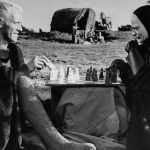
The Seventh Seal – Ingmar Bergman
Perhaps Bergman’s greatest film, Det sjunde inseglet is set in Sweden during the time of the Black Death. The story revolves around a game of chess between Death and a knight, ending in a Dance of Death – one of the most famous scenes in cinema history.
Beautifully shot and paced, the film cemented the international reputation of Bergman, as well as the actors Max von Sydow and Bibi Andersson. Empire magazine ranked it the 8th best film in world cinema and it even appears on a 1995 list of 45 great films produced by the Vatican.
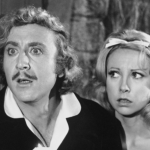
Young Frankenstein – Mel Brooks
The inspired double act of Wilder (lead) and Brooks (directing) pay loving homage to the Hollywood horror flicks from the 1930s and 40s, while simultaneously making brilliant fun of every cliché of the genre.
I adore the movies immortalised by Bela Lugosi, Lon Chaney Jr and Boris Karloff. Young Frankenstein conjures all of their magic – the lighting, the cinematography, the emphatic body language of actors who learned their stagecraft in the age of silent movies. But then there’s the comedy. It’s wicked. Almost nothing is off limits, yet almost no one will be offended. The running jokes are the stuff of legend.
Wilder plays Frederick Frankenstein, a modern day scientist and descendant of Victor Frankenstein. One day he learns that he’s inherited his infamous grandfather’s castle in Transylvania. The scene is set…
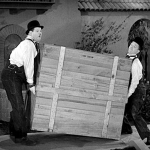
Laurel and Hardy at the peak of their powers. In this classic – just 28 minutes long – the pair take on the job of delivering a piano to a posh apartment. Problem is, there’s a massive staircase to be negotiated. Cue mayhem and a feast of genius slapstick comedy. Go on – you know you want to.
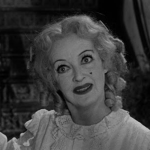
Whatever Happened to Baby Jane – Robert Aldrich
Starring the incomparable Bette Davis and Joan Crawford, Whatever Happened to Baby Jane? is the story of two ageing actresses, sisters; one of holding the other captive in their decaying Hollywood mansion.
Now praised as a cult classic thanks largely to the melodramatic performances of Davis and Crawford, echoing their very real off-screen rivalry. Dubbed psycho-biddies, an entire sub-genre of horror films has grown up in the legacy of Whatever Happened to Baby Jane?.
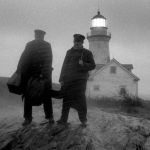
The Lighthouse – Robert Eggers
What can only be described as the wildest ride of your life and an attack on all of the senses, this 2019 psychological horror is an instant classic. Starring Willem Dafoe and Robert Pattinson, this magical and mythical creation is a look at the strange relationship between two men as they lose their sanity working in a remote and mysterious lighthouse.
Shot on 35mm film with an aspect ratio of 1.19:1, this film evokes the feeling of its time period with its technical aspects. The score is haunting, loud and bombastic at all the right moments, and combined with its costume and production design, Robert Eggers transports you to 1890s New England.
What I love most about this movie is that 5 people could sit down to watch it and all come away with different interpretations by its ending. If you’re a fan of concrete answers then this might be one to skip. It’s strange and it’s stirring; this film certainly isn’t for everyone but whether you love it or hate it, it will stay with you for a long time.
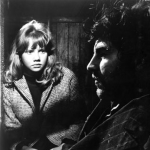
Whistle Down The Wind – Brian Forbes
I first watched Whistle Down the Wind when I was 9 years old and it has stayed with me ever since. It was Bryan Forbes’ debut, produced by Richard Attenborough, and is a dark, comic and often moving story that retells the oldest story in a bittersweet way.
After a confusing conversation with a strange man they find hiding in their family barn, Kathy Bostock and her younger siblings decide that that the man – who in reality is an escaped killer — is actually Jesus Christ. News travels fast among the children in their small farming community and excitement builds. The adults believe none of it and their father begins to investigate.
The film makes it clear very early on that it is a Biblical allegory, and the children’s ‘faith’ in Blakey is never mawkish, they just believe, where the adults in the film do not. The idea that the film puts across so well is that if Jesus were to return to earth, we would not recognise or accept him.
Whistle Down the Wind is British filmmaking at its best – strong performances, excellent script and intelligent dialogue. It is a clever reminder of the power of faith seen through the eyes of a child and you don’t have to be religious to love it.
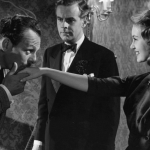
School for Scoundrels – Robert Hamer
Made in 1960, I first saw this in my early teens – Saturday afternoon telly – and I absolutely loved it. It’s a classic British comedy and it’s a real feel-good film that never fails to entertain.
Ian Carmichael plays the kind-hearted but weak Henry Palfrey so well. The role was made for him. He is constantly cheated and abused – a car salesmen, a head waiter, his employees and an upper class ‘cad’ played just as brilliantly by Terry Thomas. He meets a girl called April Smith who is then stolen from him, so he decides to take drastic action and enrols in the College of Lifemanship, run by Mr Potter (Alistair Sim at his finest) where he can learn to be the cad himself and beat others in life.
Terry Thomas steals the film – he’s excellent in every scene. From the suave cad in the first half of the film to the flustered toff in the second, his expressive faces and comic timing make it so watchable. I recommend anyone who is a fan of 1960s British comedy to see this classic. I couldn’t stop saying ‘hard cheese old chap’ for weeks afterwards
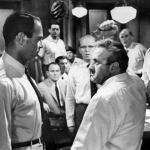
As a bored circuit judge sets out the case, it’s clear his presumption is of guilt and the trial a waste of time. That’s almost the last glimpse we get of the court as the scene shifts to the cramped jury room. A young man with a troubled past is accused of murdering his father. At the first ballot, 11 raised hands indicate ‘guilty as charged’. Only one, Juror No. 8, disagrees.
He hasn’t reached a verdict. Instead he defends the principle that one is presumed innocent until proven guilty. That everyone is entitled to a fair trial. And that if the jury has ‘reasonable doubt’, then their duty is to acquit.
We hear the evidence from the mouths of the jurors – not lawyers – coloured by their own backgrounds, upbringings and experiences. Juror No. 8’s is the voice of courage, equanimity and reason. As emotions and opinions ebb and flow, the others are forced to confront their biases and decide their values. Over repeated ballots, we witness the sentiment in the room begin to shift. Meanwhile a young man’s life hangs in the balance…
Henry Fonda is mesmerising at Juror No. 8, and the themes explored are so totally relevant for the times we live in today.
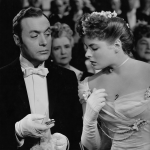
The film that spawned the phrase ‘gaslighting’ to describe how people manipulate and deceive others to control them, it is brooding and dark story and not one to watch if you need cheering up. Nevertheless, it is a really excellent film and worth watching. Made in 1944, it was adapted from Patrick Hamilton’s play Gas Light (1938), about a woman whose husband slowly manipulates her into believing that she is going insane.
Ingrid Bergman plays Paula who has been sent to study opera in Italy by her aunt who is a famous opera singer who wants her niece to become a great opera herself. Whilst in Italy, she falls in love with Gregory Anton (Charles Boyer). When her aunt dies, they return to London, and Gregory begins his campaign – Paula begins to notice strange goings-on: missing pictures, strange footsteps in the night and gaslights that dim without being touched. She fights to keep her sanity and is finally rescued by Brian Cameron, played by Joseph Cotton. The dark and sinister theme of the film continues throughout and you’re willing her to realise what’s going on around her.
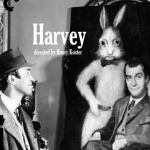
I saw this film as a child and I loved it so much. The deeper meaning was lost on me at the time but nevertheless it introduced me to James Stewart and he became my favourite actor – even though it was many years on. He played this role so naturally and it feels like it was written to suit him. I don’t think any other actor could have done it justice.
He plays a whimsical rich, middle aged man with a drinking problem who insists he has an invisible six foot tall rabbit as his best friend, who goes everywhere with him. His family and friends believe him to be insane but the film’s message is that he is probably a lot wiser than anyone realises.
Elwood may be a drunk and he may be delusional, but he is also happier, less neurotic, and more content than the so-called normal people who surround him and claim to be looking out for his best interests.

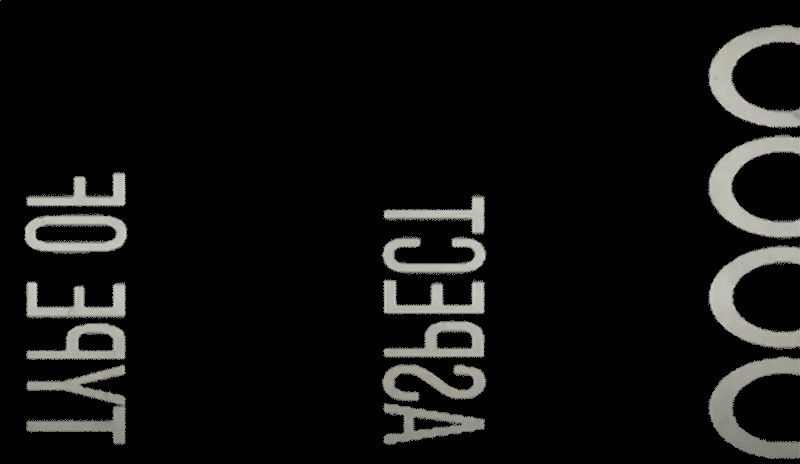
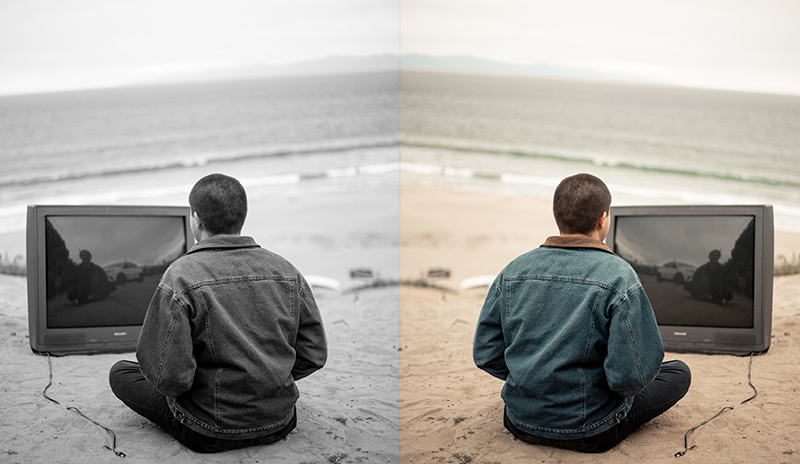
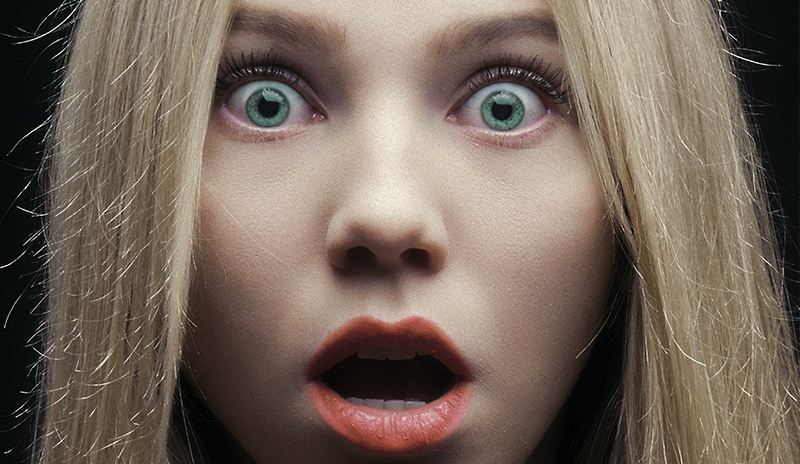
What do you think?